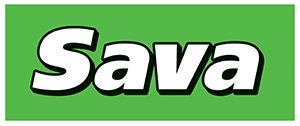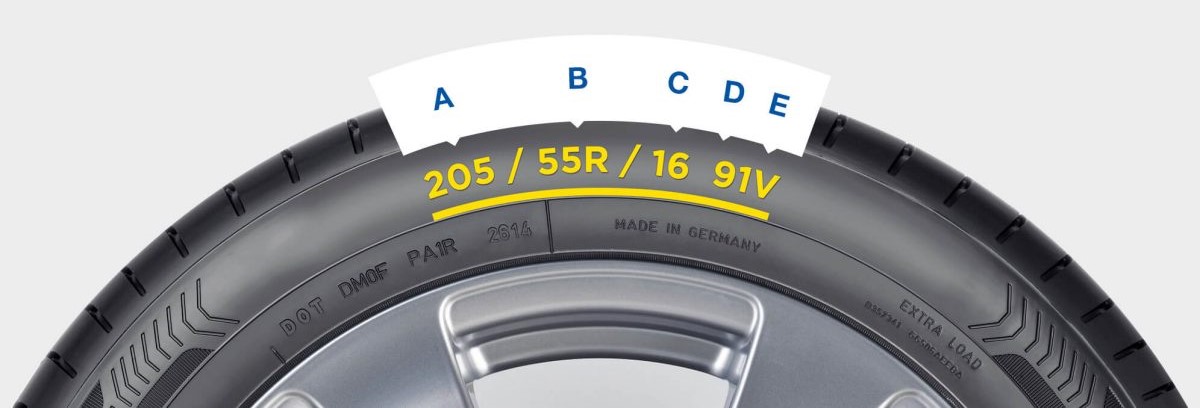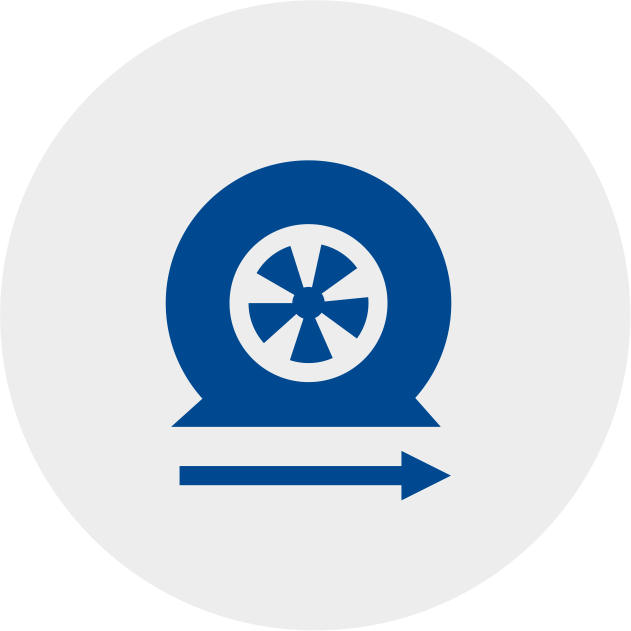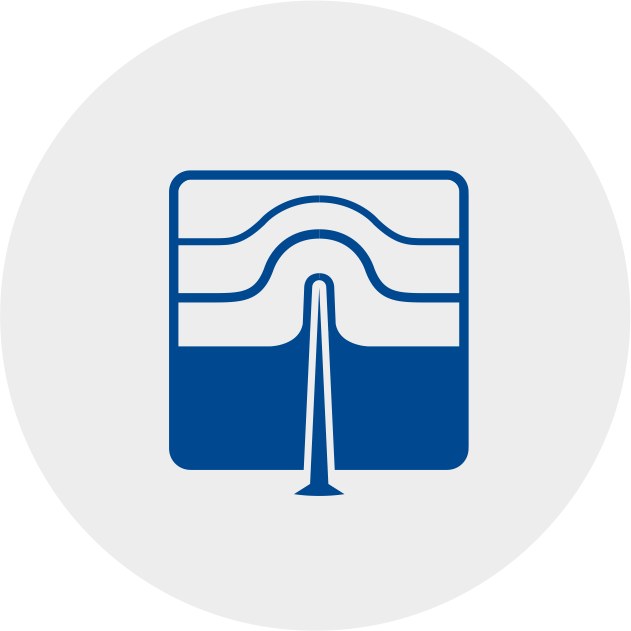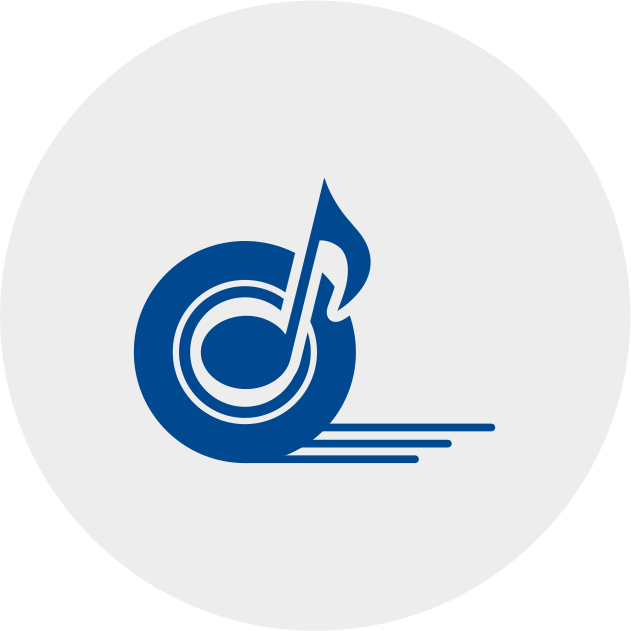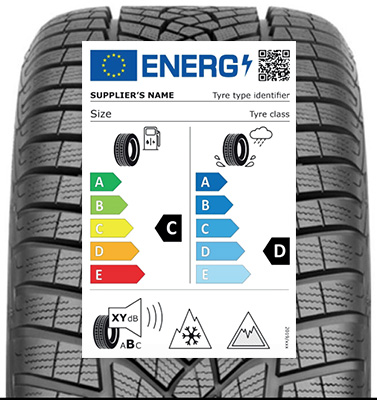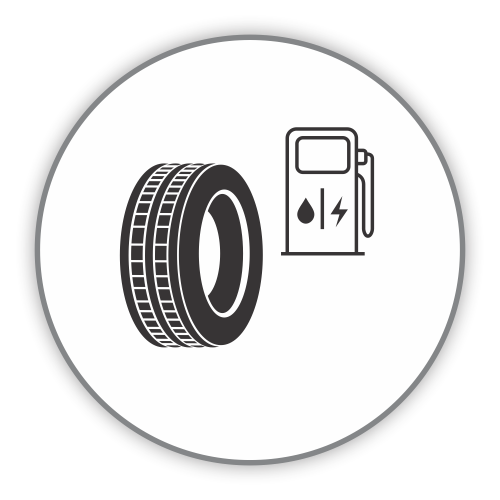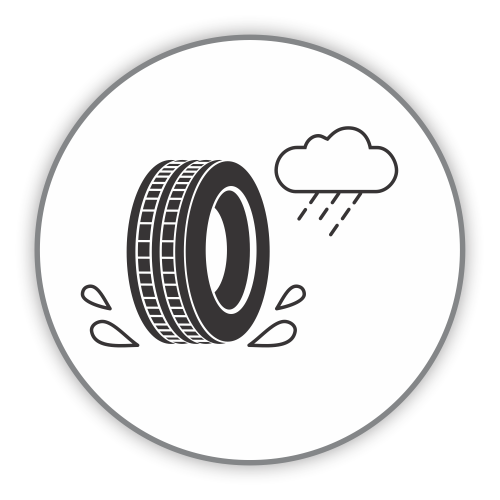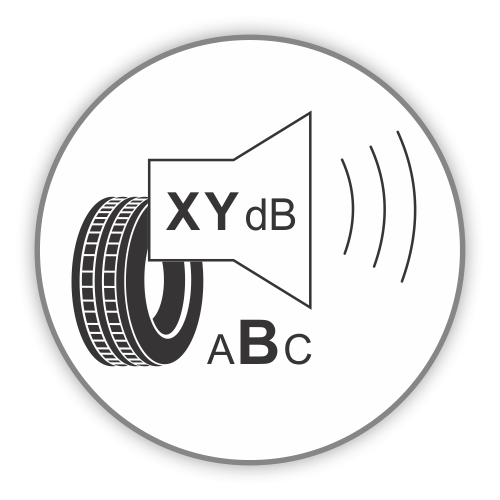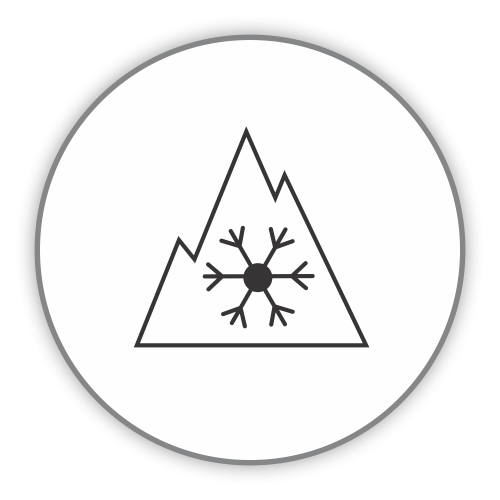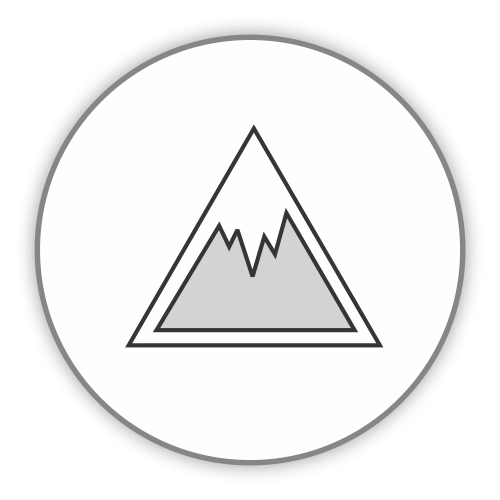Extra load tyres (XL):
Reinforced tyre designed for a higher load capacity and higher inflation pressure than the Standard version. SUVs, Vans, minibuses or off-road vehicles are typical cars which often require extra load tyres. These tyres have the additional marking “REINFORCED” or “EXTRA LOAD”. They can be used as an alternative for a standard load tyre.
Standard load tyres:
Regular tyres are suitable for regular passenger cars or SUVs for instance.
When replacing tyres, it is essential to fit either the size and type identical to those fitted on the car originally, or the alternatives recommended by the vehicle manufaturer / by tyre manufacturers in their official literature. Replacement tyres must have a Load Index and a Speed Symbol at least equal to those of the original tyres.
C-type or Light truck tyres (C):
The C stands for commercial. Those tyres are specially built for commercial vehicles like vans, small transporters, small busses or light trucks. These vehicles need to carry heavy loads. Not suitable to fit on a passenger or SUV classified vehicle. The C-type tyres are made of several reinforced layers and fitted for carrying heavy loads.


